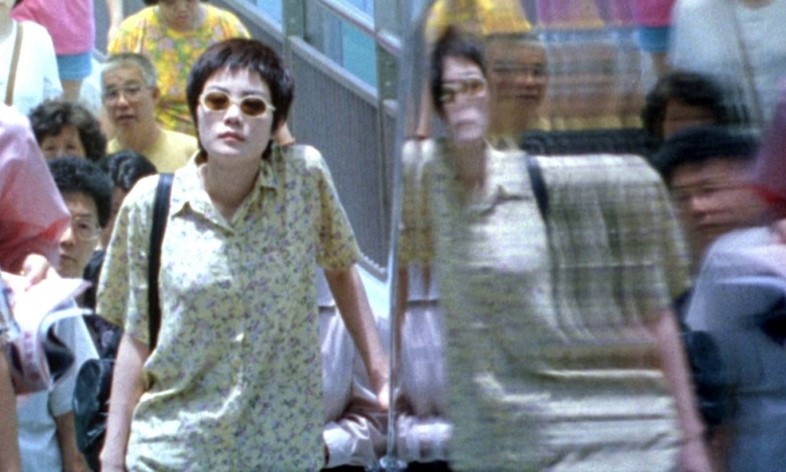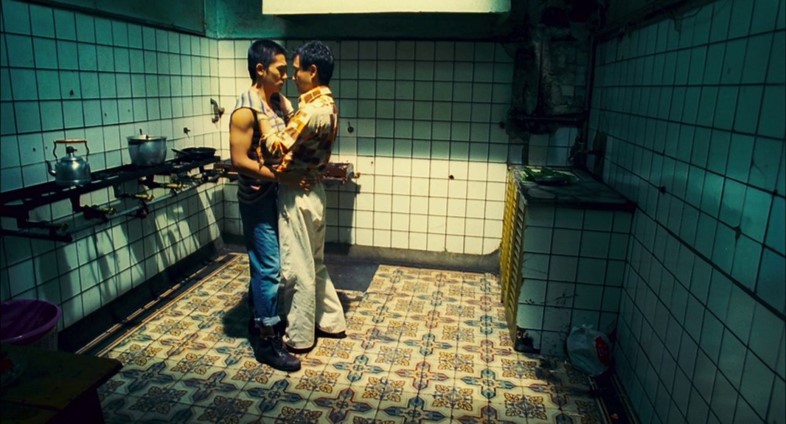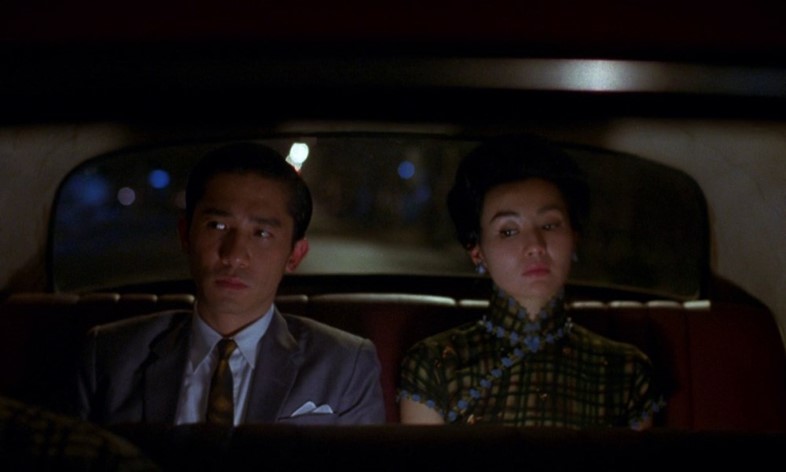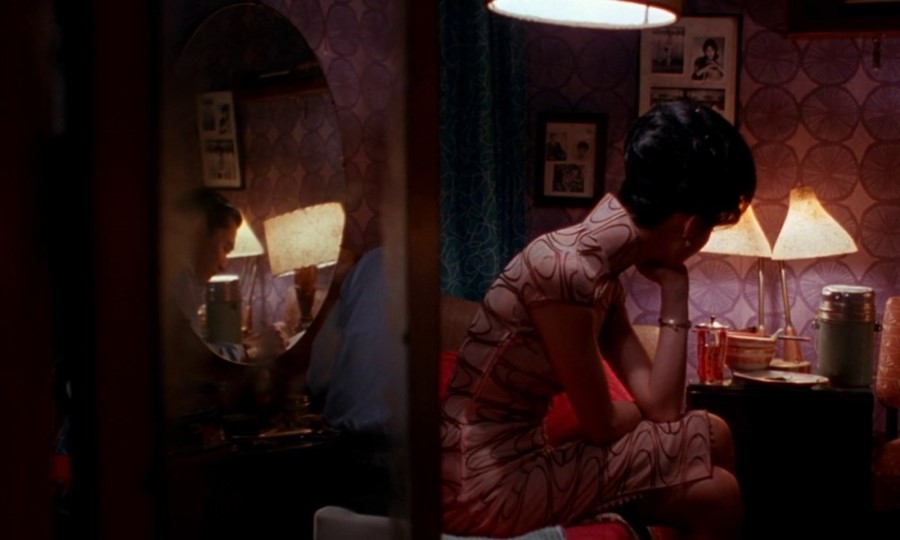We trace the unforgettable aesthetics of three of the cult Hong Kong director’s most stylish movies
Wong Kar-Wai’s films are masterful explorations of unfulfilled, unrequited, and wonky love. They circle around chances not taken and the precarity of Hong Kong, usually with great soundtracks. His best work has been with cinematographer Chris Doyle and art director, production designer, costumer and editor William Chang. As a trio they create disorientating, immaculate films that have influenced works as diverse as Moonlight, Adaptation and Amélie.
Wong’s titles are often intended as loose sequels, or riffs on each other, and his favourite actors – Faye Wong, Tony Leung, Leslie Cheung, Takeshi Kaneshiro and Maggie Cheung – appear again and again, sometimes in seemingly the same roles. He approaches directing like a painter, shaping his work as he goes; he shoots films as he’s still writing them, releases films and continues to edit them, and reshoots scenes umpteen times to accommodate minor set adjustments. The result is a body of work in which aesthetics are never secondary – here we look at the style of some of his best.

1. Chungking Express, 1994
More like two consecutive separate films than one, and with Hong Kong’s Chungking Mansions as backdrop, Kar-Wai’s first international hit follows Cop 223 (Takeshi Kaneshiro) and Cop 663 (Tony Leung Chiu-Wai), as they embark on encounters with new women while pining for ex-girlfriends. Uniform is a theme here in an obvious sense: both men are policemen, and Cop 663’s ex is a flight attendant; but it’s also in the concept of a quintessential look. Brigitte Lin’s character’s (credited as ‘woman in blonde wig’) costume – raincoat, sunglasses, blonde wig, red nails and white shoes – is a straightforward homage to film noir femme fatales, while Faye Wong’s Faye is the typical 90s girl, in fun T-shirts, oversized shirts, a pixie crop and white rimmed sunglasses. Two very different women, both presenting strong arguments for a trademark all-weather pair of sunglasses – Kar-Wai himself is never seen without a pair.

2. Happy Together, 1997
There are few better on-screen break ups than the protracted disintegration of volatile Ho (Leslie Cheung) and softer Lai’s (Tony Leung Chiu-wai) relationship. “Ho Po-Wing always says, ‘Let’s start over’, and it gets to me every time,” Lai says fatalistically, as they decamp from Hong Kong to Buenos Aires in the hope of a fresh start. The loneliness of being in a couple when things aren’t working (amplified here by the pair’s unfamiliar setting and inability to fund a return home), the acceptance of dysfunction as habit, and the romanticisation of what was miserable once it’s over will be familiar to many. The joy of this film is in how effortlessly well dressed both men are. Ho’s black-and-white checked suit paired with a black roll-neck and an earring; Lai’s thick white corduroy jacket; the plaid shirts; the mohair cardigan and striped T-shirts. Even when standing forlornly wrapped in a blanket in the middle of the kitchen, Lai somehow looks like he’s just stepped out of the Marni menswear A/W18 show.

3. In the Mood for Love, 2000
Best described as the aftermath of someone else’s love story, neighbours Mrs Chan (Maggie Cheung) and Mr Chow (Tony Leung Chiu-wai) embark on a kind of anti-affair after finding out their spouses are having an actual affair. They wallow, roleplay the fights they want to have with their partners, and maybe fall in love with each other – but neither act on it. Clothes tell the story here; they find out about the affair because their spouses have been tasteless enough to double gift: Mr Chow’s tie and Mrs Chan’s handbag match those of their respective spouses. The muted restraint of both characters is emphasised by the costumes; Mrs Chan’s array of high-necked cheongsam dresses are equal parts stylish and stiff (and make the case for a single silhouette wardrobe in endless patterns). Something about the dimly lit 60s Hong Kong aesthetic makes popping out for noodles for one look like the most glamorous thing in the world.
